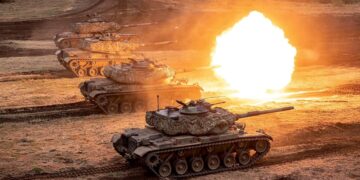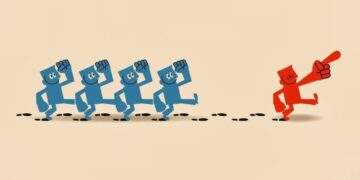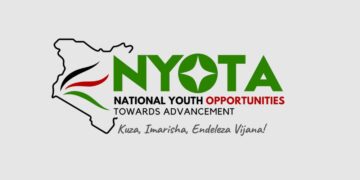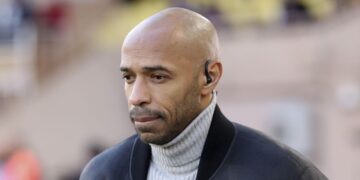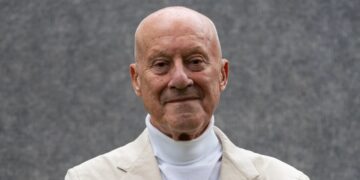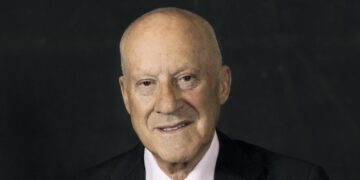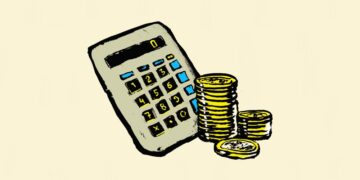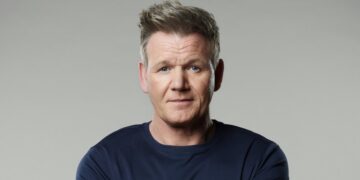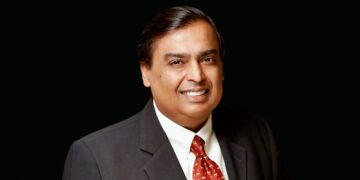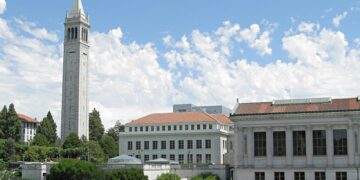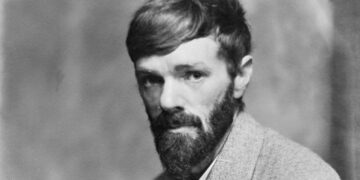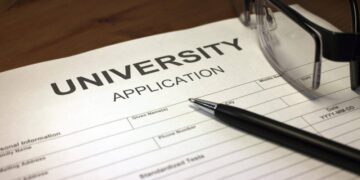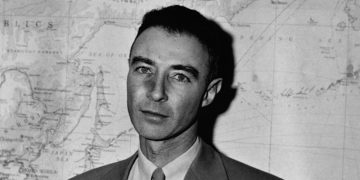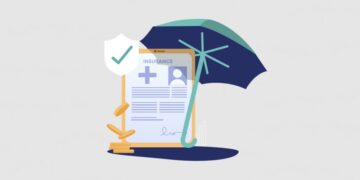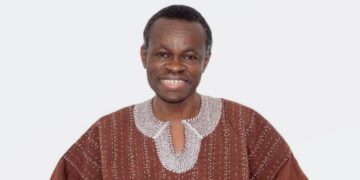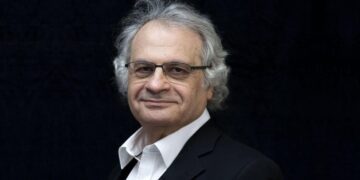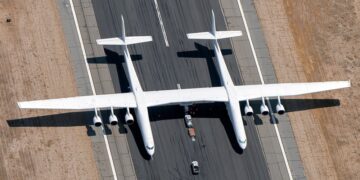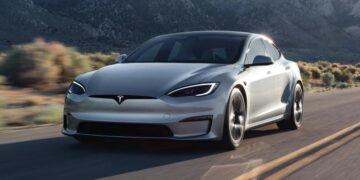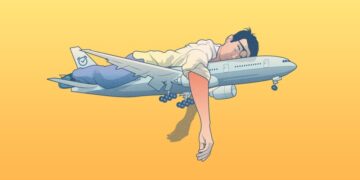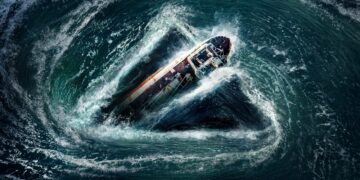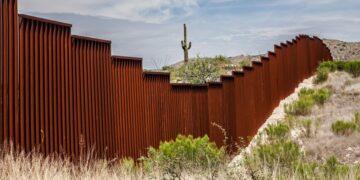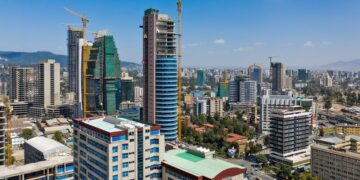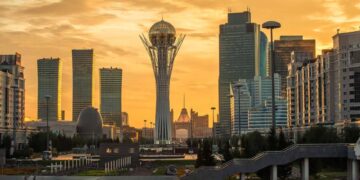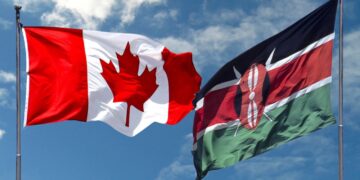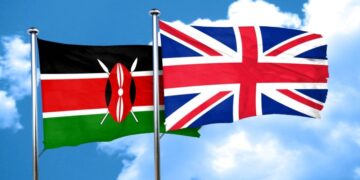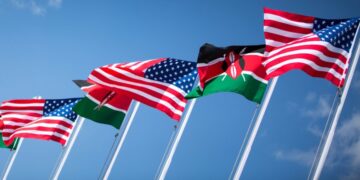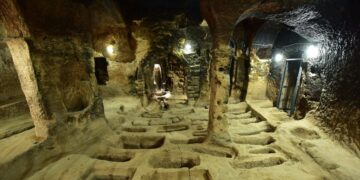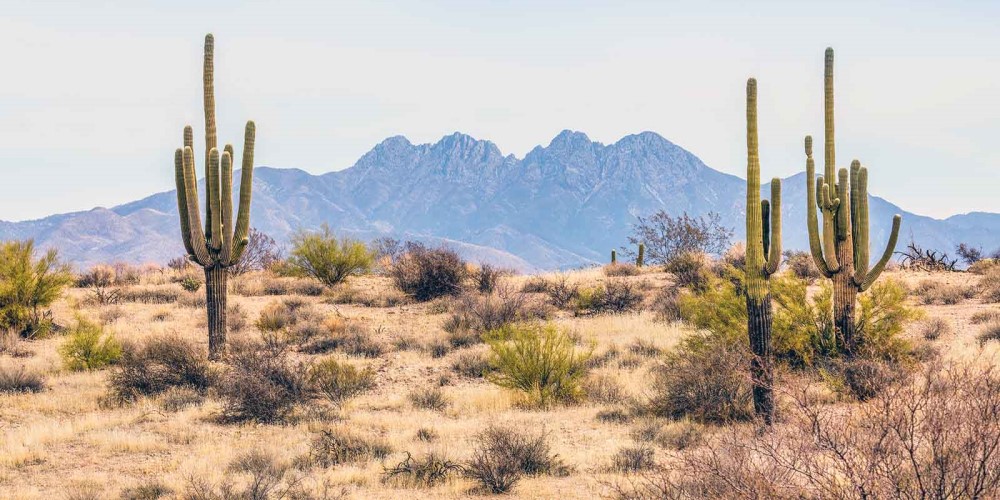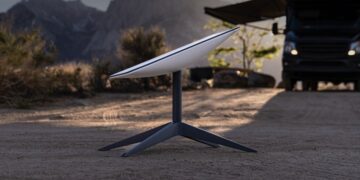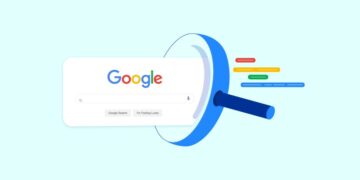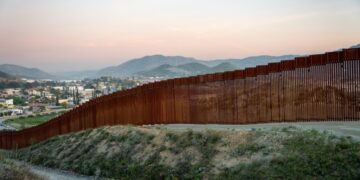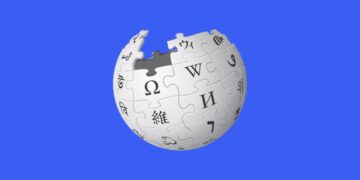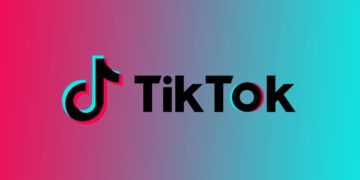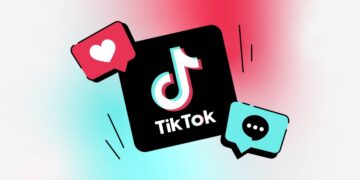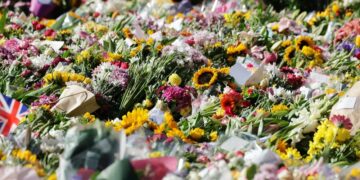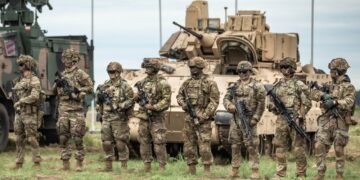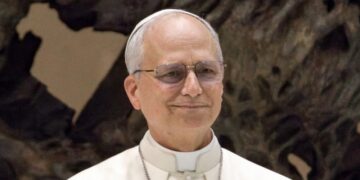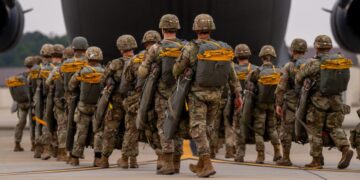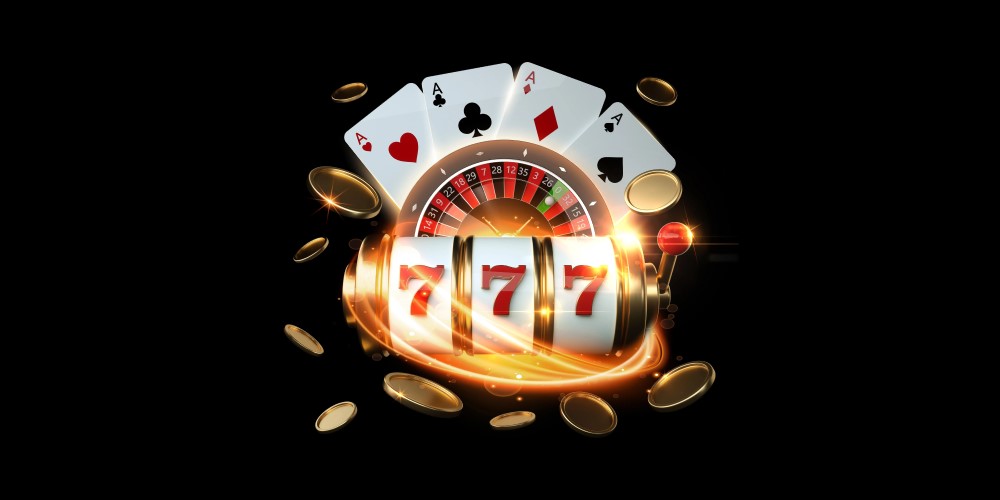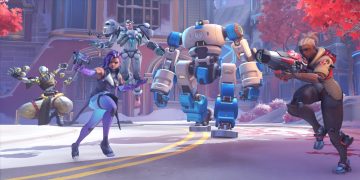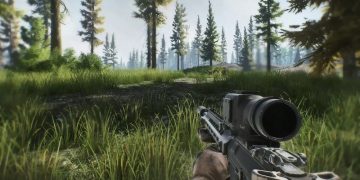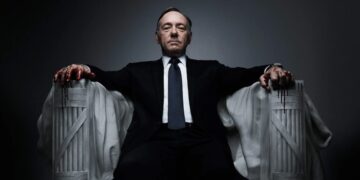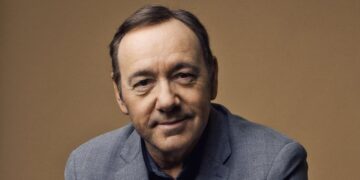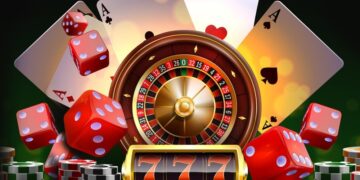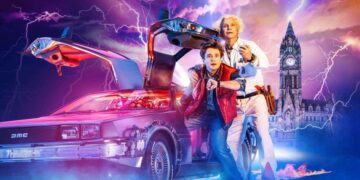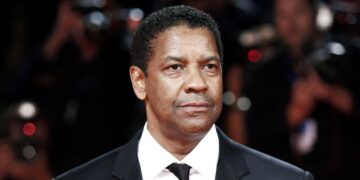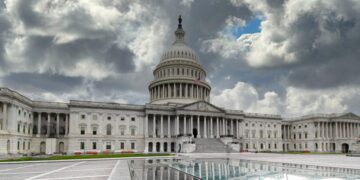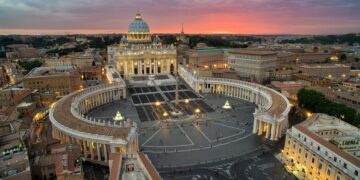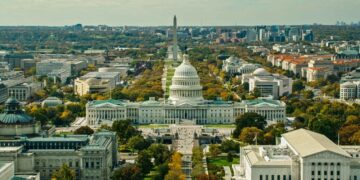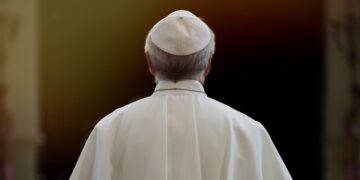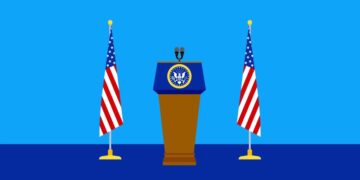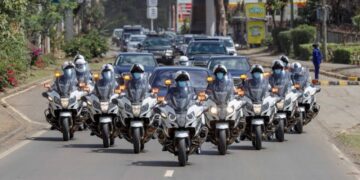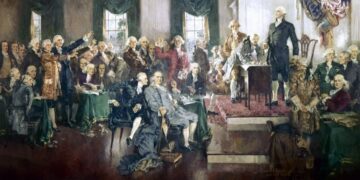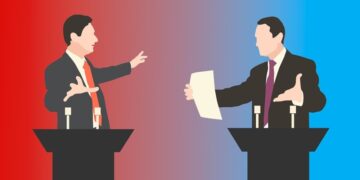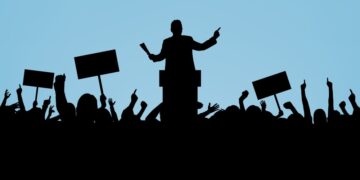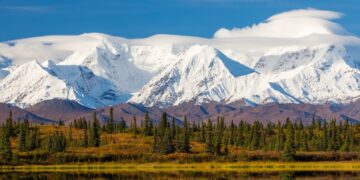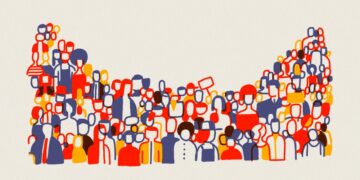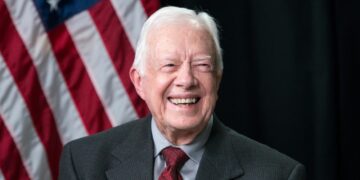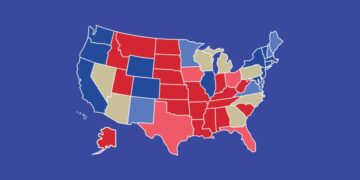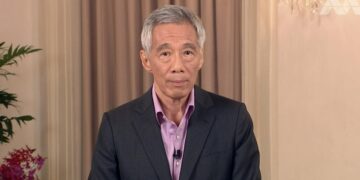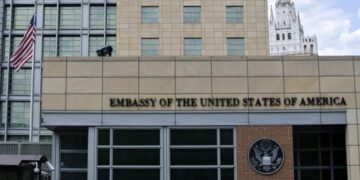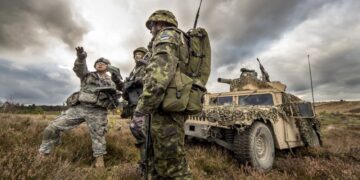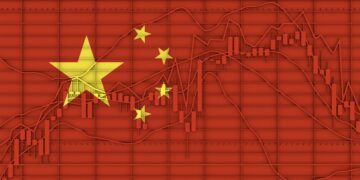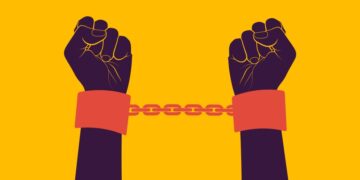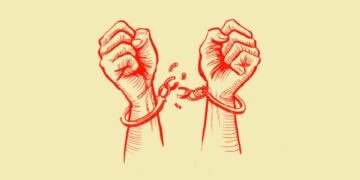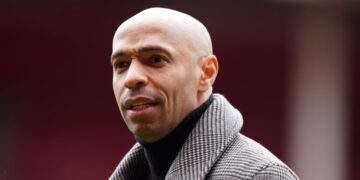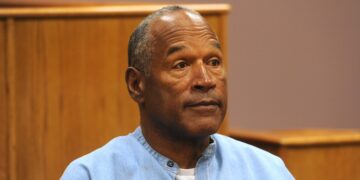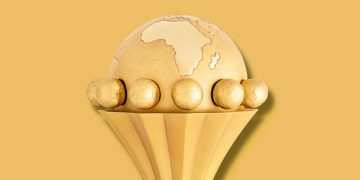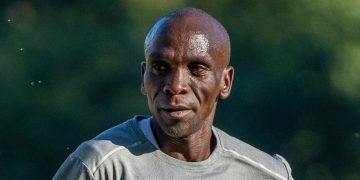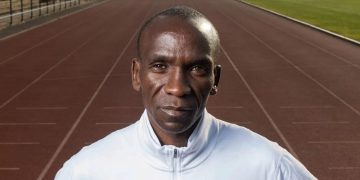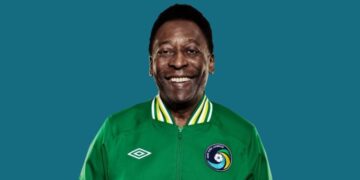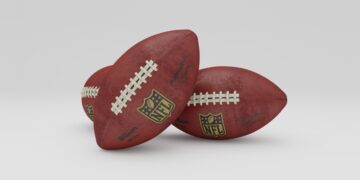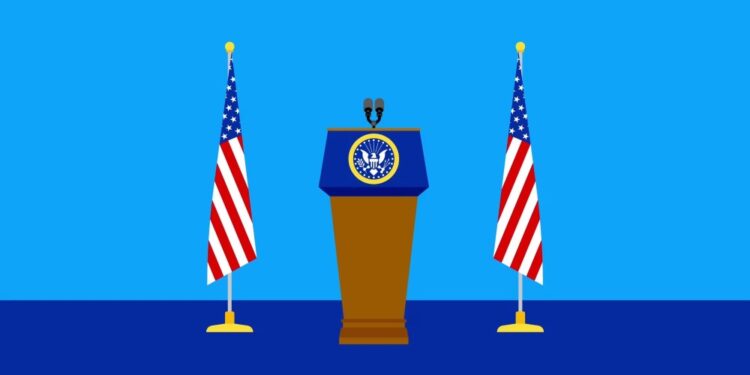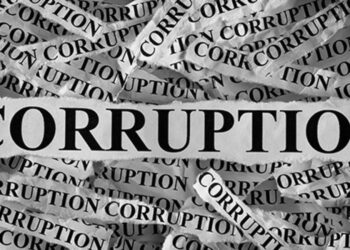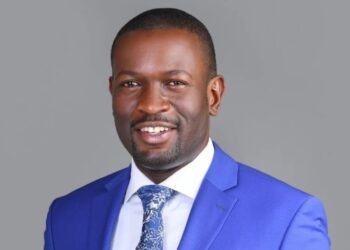Few political offices in the modern world attract as much global attention and scrutiny as the presidency of the United States. Often referred to as “the most powerful person in the world”, the U.S. president commands not only the executive branch of the federal government but also leads the world’s largest economy, most formidable military, and an unparalleled diplomatic network. Yet, the actual power of the American president is far more complex than popular mythology suggests.
The office embodies a constant tension between great authority and deliberate restraint – vast capabilities counterbalanced by constitutional limits, political realities, and institutional checks. To understand how powerful the president truly is, one must examine the position through several dimensions: constitutional authority, executive control, military command, legislative influence, diplomatic reach, emergency powers, economic leverage, cultural impact, and the limitations imposed by law, tradition, and political opposition. Only by weighing each component can one arrive at a balanced assessment of presidential power in practice.
Constitutional foundation
The U.S. Constitution, primarily through Article II, establishes the presidency. Compared to Article I’s extensive detailing of congress’s powers, Article II is relatively concise. This brevity has allowed for interpretation – and expansion – over time, enabling presidents to shape the office according to circumstance and personality. Key constitutional powers include:
- Chief executive authority: The president enforces federal laws, directs executive agencies, and appoints officials – from cabinet secretaries to federal judges – with senate approval.
- Commander-in-Chief role: The president leads the armed forces, though congress retains the power to declare war.
- Diplomatic power: The president negotiates treaties (subject to senate ratification) and appoints ambassadors.
- Legislative influence: Though the president cannot directly pass laws, he may propose legislation, veto bills, and deliver the State of the Union address outlining policy priorities.
- Judicial clemency: The president may grant pardons and reprieves for federal offenses.
While these enumerated powers provide a framework, the real magnitude of presidential power lies in how these authorities are interpreted and utilized. Throughout history, presidents have expanded their influence through executive orders, administrative action, military intervention without formal declarations of war, and aggressive use of public persuasion.
1. Executive control
As head of the executive branch, the president oversees more than 4 million federal employees, including military personnel and civilian workers across agencies like the FBI, CIA, IRS, NASA, and Environmental Protection Agency. This control over administration grants enormous policy-shaping capacity.
Presidents appoint roughly 4,000 key officials, including 1,200 requiring senate confirmation. These appointments steer policy across virtually every sector – economy, environment, healthcare, immigration, cybersecurity, and more. A president ideologically aligned with agency leadership can rapidly change regulatory direction, often without direct input from congress.
Example: President Donald Trump withdrew from the Paris Climate Accord and reversed dozens of environmental regulations through administrative action. His successor, President Joe Biden, re-entered the agreement and reinstated restrictions – illustrating how executive control allows swift policy reversals based on presidential ideology rather than legislative change.
2. Legislative power
Although the president cannot make laws, he significantly shapes legislation through persuasion, lobbying, and, most importantly, the veto power. A presidential veto can only be overridden by a two-thirds majority in both houses of congress, a rare occurrence. This effectively grants the president defensive legislative power. Moreover, when the president’s party controls congress, his legislative influence increases dramatically. For example:
- Franklin D. Roosevelt, during the New Deal era, passed sweeping economic reforms with a supportive Congress.
- Lyndon B. Johnson pushed through landmark civil rights legislation due to strong congressional alliances.
- Barack Obama, with a Democratic Congress in his first term, passed the Affordable Care Act – but faced gridlock once Republicans gained control.
Even in divided government, the president can govern through executive orders and memoranda, bypassing congress altogether. While these actions may later be reversed or challenged, they allow presidents to achieve significant policy goals unilaterally.
3. Commander-in-Chief
Perhaps no presidential power carries greater significance than command over the United States Armed Forces, the largest and best-funded military in history. While congress holds the formal authority to declare war, modern conflict rarely follows this process. Instead, presidents increasingly engage in military action under the guise of “police actions”, “military interventions” or “authorized uses of force”. Historical examples include:
- Korean War (1950-1953): President Truman intervened without a formal declaration of war.
- Vietnam War Escalation: Presidents Kennedy and Johnson expanded U.S. involvement based on the Gulf of Tonkin Resolution, not a formal declaration.
- Iraq and Afghanistan Wars: Initiated under authorization but broadly interpreted by later presidents.
- Drone warfare and counterterrorism operations: Conducted globally without traditional congressional oversight.
The War Powers Resolution of 1973 sought to limit unilateral presidential war-making by requiring congressional approval for deployments beyond 60 days. However, presidents often interpret or maneuver around these limits, citing national security. Thus, in practice, the president possesses near-autonomous authority over military engagement, making the role extraordinarily powerful in matters of war and peace.
4. Diplomatic power
As chief diplomat, the president represents the United States abroad, sets foreign policy, negotiates treaties, and maintains relationships with allies and adversaries. While treaties require Senate ratification, presidents increasingly rely on executive agreements, which do not. Presidential diplomacy can reshape global politics:
- Richard Nixon’s visit to China in 1972 initiated normalization between two formerly hostile nations.
- Ronald Reagan’s negotiations with Mikhail Gorbachev helped end the Cold War.
- Barack Obama’s Iran Nuclear Deal and Cuba normalization marked major foreign policy shifts.
- Donald Trump’s summits with North Korea broke longstanding diplomatic conventions.
Given America’s global influence, a single presidential decision – sanctions, recognition of a foreign government, military aid – can alter international dynamics. In this respect, the U.S. president wields power extending far beyond national borders.
5. Economic influence
Although Congress controls taxation and spending, the president significantly shapes economic policy through:
- Budget proposals: While not binding, they set priorities.
- Appointment of Federal Reserve Chair and Treasury officials: Influencing monetary policy and financial regulation.
- Trade agreements and tariffs: Presidents have wide latitude in imposing tariffs or negotiating trade deals.
- Executive influence over energy, labor, and business regulation: Affecting markets and employment.
For example, Franklin D. Roosevelt’s New Deal, Ronald Reagan’s deregulatory reforms, and Donald Trump’s tariff policies reshaped economic trajectories. Presidential remarks alone can sway global markets, demonstrating the symbolic and practical economic power of the office.
6. Emergency powers
During national emergencies – war, terrorism, pandemics, economic collapse – presidential power expands significantly. Tools such as the ones below enable presidents to mobilize resources rapidly.:
- The National Emergencies Act
- The Defense Production Act
- FEMA authority
- Martial law and curfews (in extreme cases)
After 9/11, President George W. Bush enacted sweeping surveillance measures through the Patriot Act. During COVID-19, President Trump invoked emergency provisions, and President Biden issued nationwide mandates and economic relief programs. In crises, the presidency becomes even more dominant.
7. Soft power
Beyond formal authority, the president holds unmatched soft power as a national figurehead. Through public addresses, media presence, and symbolic leadership, presidents shape public opinion, cultural narratives, and social unity – or division. Consider:
- John F. Kennedy’s “Ask not what your country can do for you…”
- Ronald Reagan’s “Tear down this wall.”
- Barack Obama’s message of “Hope and Change.”
Presidents can rally national spirit or recalibrate societal values. Their words carry moral weight globally, distinguishing the office not merely as administrative but inspirational.
Limitations
Despite vast powers, the U.S. president is not an absolute ruler. Checks include:
- Congress: Controls funding, oversight, impeachment.
- The Supreme Court: Can invalidate presidential actions.
- Elections: Presidents cannot exceed two terms.
- Media and public opinion: Popular backlash can erode political capital.
- States: Governors can resist federal policies, especially in decentralized areas like education or law enforcement.
- The bureaucracy: Federal agencies may slow-walk or resist directives.
Even powerful presidents face boundaries. For example:
- Harry Truman was blocked by the Supreme Court when he attempted to seize steel mills.
- Richard Nixon resigned under threat of impeachment.
- Barack Obama’s immigration actions were halted by courts.
- Donald Trump faced resistance from states and courts over travel bans and election disputes.
Thus, while the presidency is strong, it is not omnipotent.
Conclusion
In global diplomacy, military command, and policy influence, no other single individual holds as much real-time authority. The president can deploy troops, sign executive orders altering millions of lives, negotiate with world leaders, reshape markets with a statement, and rally – or divide – the nation through rhetoric. At moments of crisis, this power expands dramatically.
Yet, the presidency is also designed to be bounded – hemmed in by law, elections, institutions, and societal resistance. Its strength depends not only on constitutional authority but on political skill, public support, and the cooperation of other branches. In essence, the president is both the world’s most powerful elected official and one of its most constrained leaders.
The office’s true power lies not just in command but in persuasion – the ability to mobilize institutions, inspire the public, and navigate a complex system built to empower and restrain simultaneously. It is this paradox – vast potential combined with deliberate limits – that makes the American presidency both formidable and fascinating.


